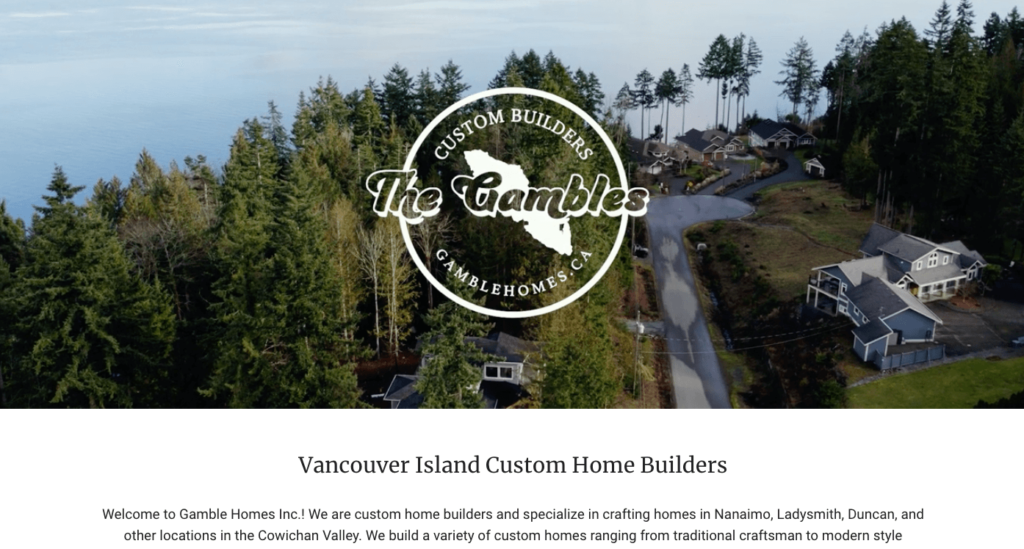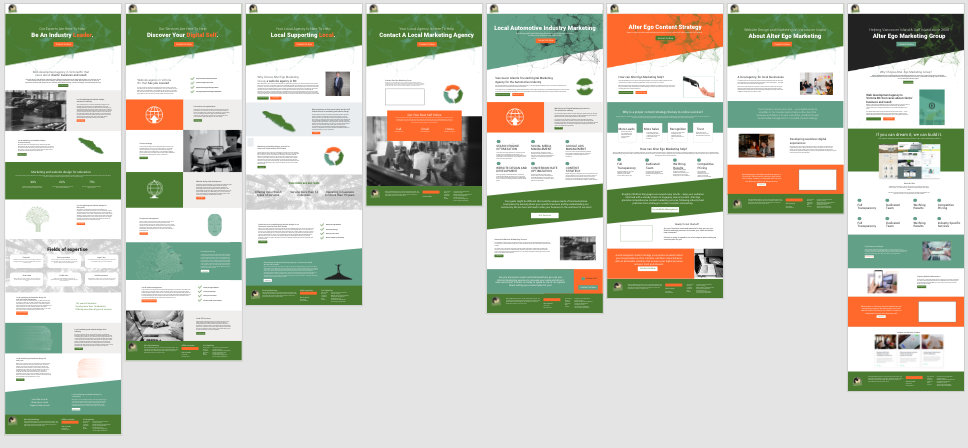Designing a site with a user’s experience in mind sounds obvious, but is actually a complex endeavour. This is because User Experience (UX) takes into consideration a wide range of responses to a website, from the practical and measurable like SEO, to more intangible factors like aesthetics and design.
User Experience is vitally important. Every website owner wants to reduce any frustration a visitor might feel, so their visitors stay on the site longer, will come back again, give good reviews, tell their friends and, if you have an e-commerce site, buy your product.
Below we list helpful Google Analytics key performance indicators you can evaluate your site against to help determine how well your UX is performing.
1. How many pageviews per month?
If a visitor is visiting multiple pages, they are often finding something they find interesting. This is especially true if your conversion rate is also high. Otherwise, it could mean that your users aren’t finding what they need, forcing them to flip from page to page (something like the old days of TV). It’s important to determine which behaviour is happening as it will inform the rest of your metrics.
2. What is the dwell time & time on page?
How long a visitor stays on a site before returning to search results is also an indication of good UX. Makes sense, right? Google even takes this into consideration when it ranking a site.
Related, but not exactly the same, is the time spent on each page, because a longer amount of time spent on a page is an indication of a higher level of interaction with the material.
3. What’s your bounce rate?
The bounce rate is the percentage of visitors who navigate away from the site after viewing one page only. A high bounce rate can mean that visitors aren’t finding what they want, and leave. This isn’t necessarily so, however. Analytics platforms will measure both a short and long visit to a page as a bounce. A page with long-length content that people are actually reading could show a high bounce rate, when in fact, people leave after reading it because they got something of value and don’t need more at that time. Bounce rate, therefore, needs to be considered in the context of time spent on a page.
As well, a high bounce rate on a dedicated landing page that is meant to work separately from the rest of the site, often on a subdomain, is expected and necessary.
4. What’s your conversion rate?
The conversion rate also gives an indication of your UX. A conversion is whatever you are measuring as a goal — some action you want the user to take on your site. This could be filling out a form or buying your product, for example. Of course, this stat presupposes that you have the correct goals set up in Google Analytics.
On e-commerce sites, shopping cart abandonment is also an indication of poor UX. Good UX at this point in the shopper’s journey can involve a number of components, from a clear, easy process to permitting users to buy even without an account, to reasonable shipping costs and easy payment methods. A look at conversion funnels in Google Analytics can provide an idea of where you are losing visitors in their journey through the process.
5. A/B test changes
Finally, using A/B testing will help determine if the insights gleaned through the Google Analytics stats above will actually improve your UX before you do a wide-scale implementation. Basically, A/B testing is comparing two versions of an element on your website to see which performs better. It is best to test one element at a time to make sure data is not confusing. All sorts of elements can be tested – CTA position, colour or label, form fields and position, headlines, content length for different sorts of pages and so on.
Still not sure?
If you’ve reviewed your website and are still unsure whether your UX could be upgraded, get in touch. We provide web design services for Vancouver Island businesses and are happy to help.



